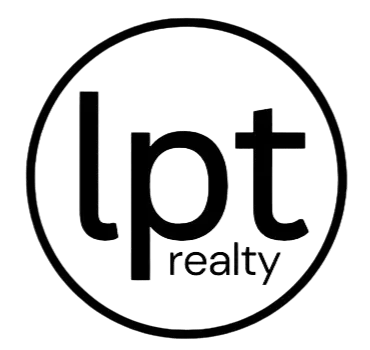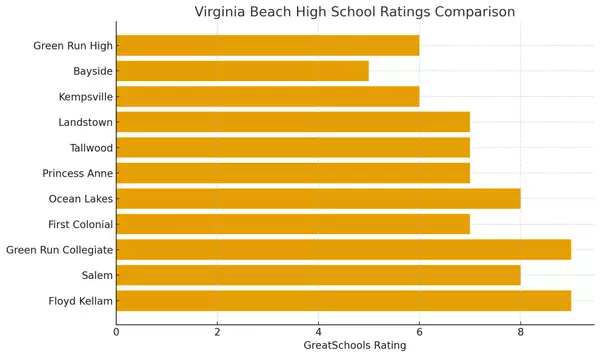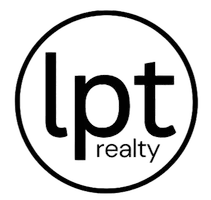6 Steps for Prioritizing Your Wants and Needs in a Home

You’ve been pre-approved and know what you can afford, so now it’s time to take your home search to the next level. But the process can stall if you don’t know exactly what you’re looking for—or more importantly, what your non-negotiables are.
It’s easy to talk in general terms, like wanting a “big” house or an “older” home. But to focus your search, you need to be specific. Does “big” mean 2,400 square feet or 5,000? Does “older” mean pre-1900 or pre-1980?
Before you attend another open house or tour with an agent, take a moment to create a list of your needs and wants. For instance, while you may want a pool, it might not be a dealbreaker if the perfect home comes along without one.
Your priorities may evolve as you explore different options. For example, proximity to the beach might seem essential at first, but after seeing the price of beachfront homes, you might decide a short drive to the water is more realistic. Unless you have an unlimited budget, you’ll likely need to compromise along the way.
Here are some steps and tips to help you figure out what you like and don’t like about your current home, so you can find more comfort and joy in your next one. You can rank home features as “Must Have,” “Like to Have,” or “Don’t Care” and refer back to your list during home tours.
1. Learn What You Can Afford
Before you start your home search, it’s crucial to understand your budget. Knowing how much financial flexibility you have will help clarify your must-haves. Consider these questions:
- Are you pre-approved for a mortgage?
- What’s your price range?
- How much do you have saved for a down payment, and what about potential future repairs?
- Are you open to doing renovations yourself, or are you looking for a move-in-ready home?
2. Consider Your Current Lifestyle and Future Plans
Think about your current needs and how they might change in the future. Start by assessing what you like about your current home and what you’d want to change. For example:
- Do you need space for a future nursery or home office?
- Is a fenced yard necessary for your pets?
- Do you need wheelchair access or minimal stairs?
- Do you require parking, or is street parking enough?
- Is walkability a priority for you?
- Do you expect a job change in the next year or two?
3. Choose Your Preferred Home Style and Type
Once you’ve nailed down the basics, think about the kind of home you want. Consider these factors:
- How many stories do you prefer?
- Are you looking for a townhouse, condo, or single-family home?
- Could you live in a historic home?
- How many bedrooms and bathrooms do you need?
- Do you want a guest room or an office?
- What type of flooring and architectural style do you like?
- Do you enjoy maintaining a yard, or would you prefer a smaller outdoor space?
4. Choose a Location
While you can update the interior of a home, you can’t change its location. As you search, keep these questions in mind:
- Do you prefer an urban, suburban, or rural setting?
- How important is access to highways or public transportation?
- Do you need a great view, or can you live without one?
- Are you comfortable with traffic noise?
- Are there parks or community activities nearby?
- Are the property taxes or HOA fees within your budget?
5. Get to Know the Neighborhood
Once you’ve found a home you like, it’s important to explore the surrounding area. Ask yourself:
- Are you happy with the neighborhood?
- Does it offer the right balance of activities or peace and quiet?
- Are basic amenities like grocery stores and healthcare conveniently located?
- Is the commute manageable?
6. Document Your Home Tours
As you tour homes, it’s helpful to jot down notes and keep track of your thoughts. Consider the following:
- Is the space adequate or too much?
- How is the layout, and do the fixtures and finishes meet your expectations?
- Is there enough natural light?
- Does the home have curb appeal and adequate parking?
Tracking your notes for each home will help you compare and make informed decisions. Keeping your priorities in mind can help ensure that your next home meets both your needs and your wants.
Categories
- All Blogs (51)
- Buyer Stories (1)
- Buyer tips (7)
- Buyers (3)
- Buying (2)
- Buying Advice (3)
- Buying Assistance (3)
- Credit & Debt (2)
- Down Payment (1)
- Financing (8)
- Financing Options (1)
- First Time Home Buyer (20)
- Foreclosures (1)
- Interest Rates (2)
- Loans (4)
- Military (6)
- Mortgage Interest Rates (1)
- Mortgage Rates (1)
- New Construction (1)
- Personal Finance (2)
- Refinance (1)
- Schools (11)
- Tax tips (1)
- Title & Closing (1)
- VA Loans (1)
Recent Posts











